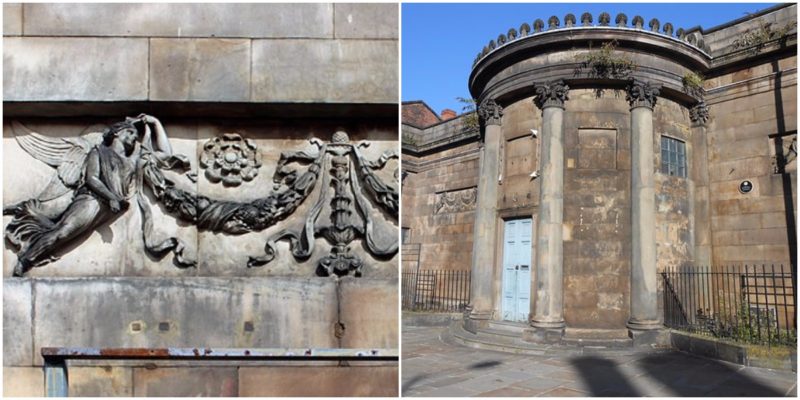The intellectual and cultural development of a society can be easily seen in the attitude of its members towards the old and historical buildings in the community. Usually, it is considered that the citizens of one city have lost the connection with their roots when the unique buildings around them are left abandoned and forgotten to rot and decay.
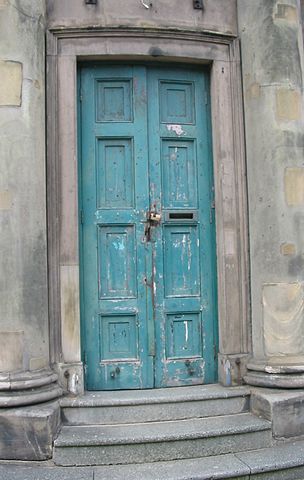
But not always the buildings with huge historic value are crumbling because of the lack of interest of the citizens. The ownership of such buildings is often stuck in bureaucratic labyrinths and no one knows who has the responsibility to keep them protected and in good shape. Buildings with this kind of destiny from all over the world are disappearing in front of our eyes every minute.
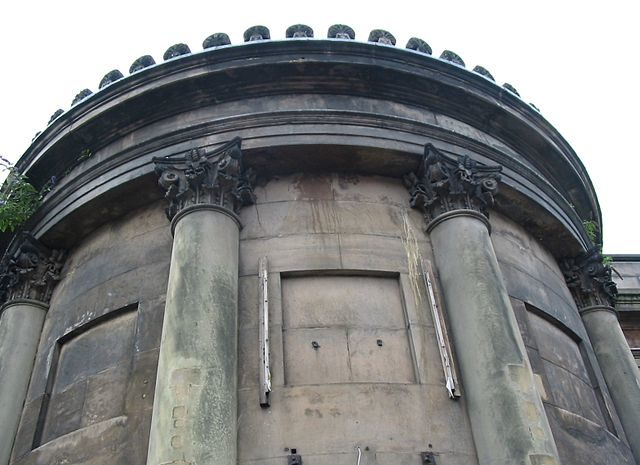
The Wellington Rooms (or also known as the Irish Center) in Liverpool, England, was one of those buildings which was left deserted. For more than 20 years this extravagant structure located in the cultural core of the city of Liverpool has been slowly falling apart. Luckily, with the joint effort of the citizens and the city’s authorities, this building which dates from the beginning of the 19th century was saved and now it is in a process of renovation. Liverpudlians hope that with this intervention one of the architectural symbols of the city will be preserved for future generations.
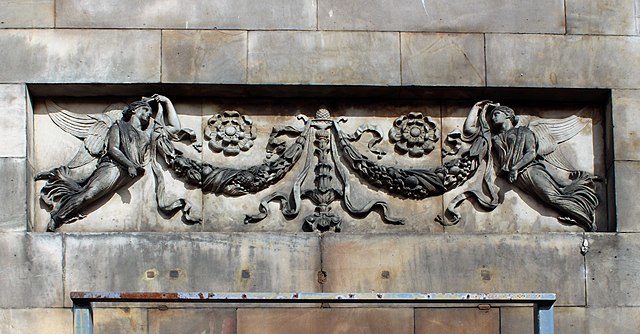
The history of the Wellington Rooms is full of ups and downs. Actually, there were more ups than downs in its glorious past. The construction of this neoclassical building started in 1815 and it was completely finished in 1816. It was designed by the iconic English architect Edmund Aikin. During his short life, he had a huge impact in making the neoclassical architectural style popular across England. He wrote many theoretical books about architecture and designed numerous buildings in Liverpool and London. Throughout the years many of them were demolished and now are gone forever. But some of his buildings survived, and the Wellington Rooms is definitely the most significant of these.
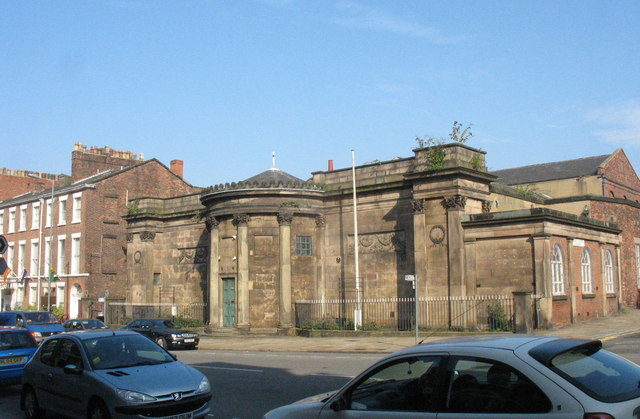
It was initially built as the assembly rooms of the Wellington Club and for more than 100 years it was the center of the cultural and entertainment life in Liverpool. At first, it served as a place for luxury parties and fashionable dance balls for the rich members of the society. The life of the Wellington Club ended in 1923, but the building continued with similar activities, with a new private club known as the Embassy Rooms. There were organized weddings, family parties, and various social gatherings.
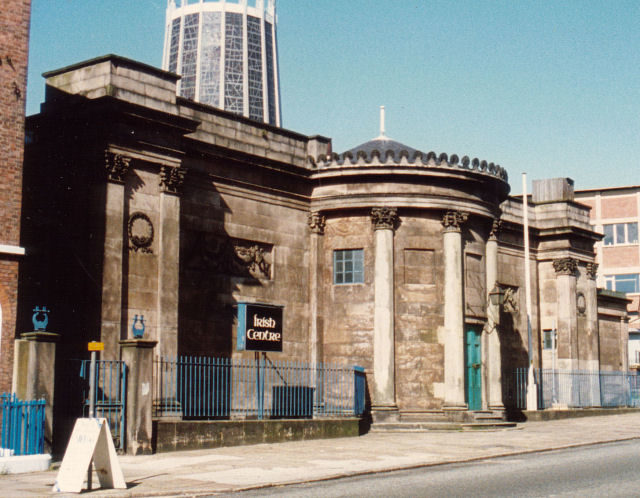
During World War II the place for a while became the headquarters of the Rodney Youth Center. In 1941 it was seriously damaged because of heavy aerial bombing. Huge parts of the building, especially the ceiling, were destroyed. However, the ceiling of the ballroom wasn’t touched at all. The complete reconstruction ended at the beginning of the 1960s, and in 1965 the building was reopened as the Liverpool Irish Center.
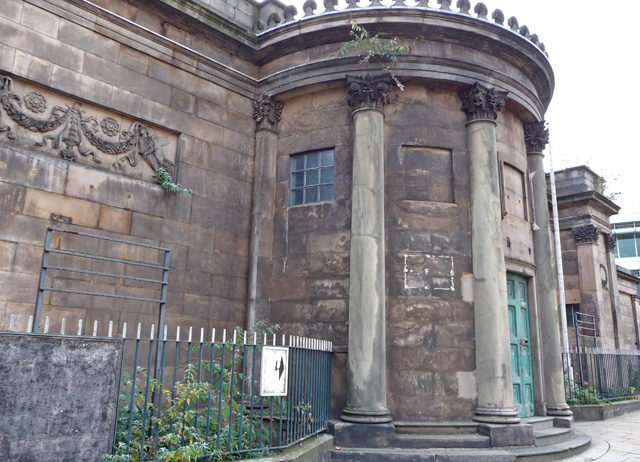
During this period, the Irish Center became a place where music concerts and drama plays happened every week. Music, drama and language courses were held there too. The Irish Center helped to strengthen the Irish-Liverpool connections. It also functioned as a popular bar, nightclub and dance club. Since the center closed in 1997, the location was left abandoned.
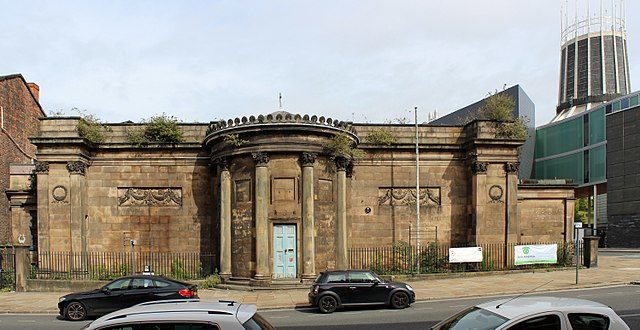
In front of the eyes of the people of Liverpool, the once glorious building was falling to pieces. The happy moments remained only in their memories. A few projects were started for reopening, but they were immediately stopped by the authorities, mainly because they intended to change drastically the famed look of the interior and the exterior of the building. In 2011 the property went in the hands of the Crown.
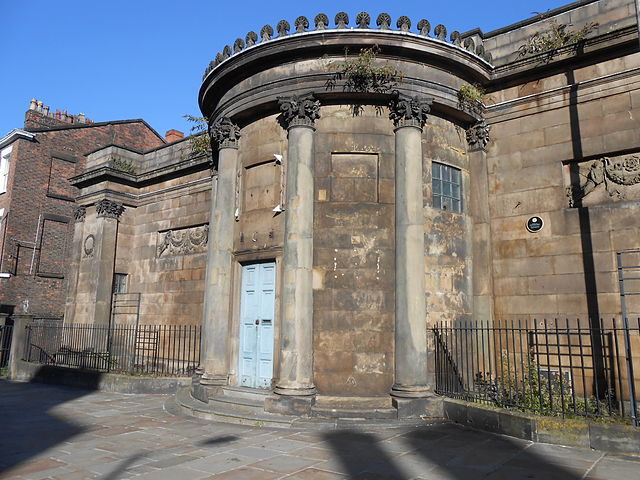
One organization started raising funds for renovation of the damaged building. First began the emergency repairs, and the fine repairs were left for near future. However, the elaborate details of the interior, the characteristic ornaments of the facade and the roof decorations are still in bad condition. But the murals from John F. Kennedy, Oscar Wilde, James Joyce and Samuel Becket in the John F. Kennedy bar are still standing in their full glory. The plans of the city of Liverpool are for the historic building to be reconstructed and in future to be used as part of the city university with offices, restaurant, a science club and dance center.
